On the eighteenth floor of a London buildingcame into the world one of the great punk albums of all time. In a social housing of the guitarist’s grandmother, Mrs. Stella, some young people in their twenties They expressed their ideological slogan in 14 songs, just over 35 minutes: “Are anti-fascismare anti-violenceare anti-racistsand we are pro-creative.” Were The Clash. AND ‘The Clash’ (1977) It was just the beginning of a brief but brilliant career. The beginning of a legend.
On February 10, 1977three Londoners started working on one of the great punk albums of all time. Joe Strummer, Mick Jones and Paul Simonon were in their 20s when They met on the 18th floor of a building on Harrow Roadin social protection housing from Mick’s maternal grandmother. When the guitarist was 8 years old, his parents divorced and went to America. He was left in the care of his grandmother, Mrs. Stella, who He attended his grandson’s concerts and left him the apartment to meet his friends…
The Clash had formed only a year earlier, in 1976, under this ideological slogan: “We are anti-fascism, we are anti-violence, we are anti-racist, and we are pro-creative.” This was stated in an interview published in NME in December 1976. It was a time of political and social uncertainty in the United Kingdom, and the band placed themselves on the front line of protests and revolts of the mid-70s and early 80s, encouraging nonconformity, rebellion against oppression and against the oppressors. They were the foundations of punk music. The London band, from minute one, used their music as a means to advocate for issues that affected them and their country, references to drugs, police brutality, racism, violence, boredom… imbued with a feeling of ‘no hope in tomorrow’.
National Front march in London in 1977 / Gary Weaser
Just a month before that first seed at Grandma Stella’s house, The Clash had signed his first contract with CBS Records. Nothing less than of 100,000 pounds, a significant amount for a band that he had only given about thirty concerts…and very few as headliners. And of course, the group found itself in the position of have to comply with the agreement. They were very concerned and there were even those who wrote in the weekly magazine Sniffin’ Glue: “He punk He died the day the Clash signed with CBS.” But they were clear. Strummer, in an interview for ‘The New Wave Punk Rock Explosion’, declared: “I feel free to think and write about what I think… I’m not going to suddenly become Rod Stewart just because they pay me 25 pounds a week. “I’m very far from that.”
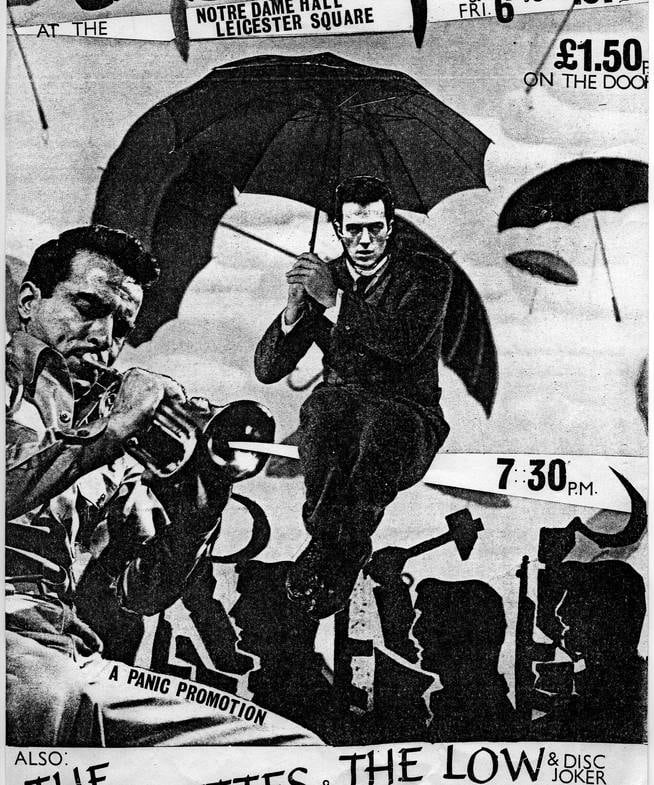
A flyer on The Clash / Julian Yewdall
‘The Clash’ was recorded at CBS Studio 3, on Whitfield Street in central London. They only used three sessions and three weekends, until February 27, 1977. In the third, the album was already completely recorded and mixed. Almost all the topics were composed by Joe Strummer and Mick Joneswho shared the guitar and voice duties. Simonon on bass and Terry Chimes on drumswhat would it be his last appearance in the studio with the band. She is credited as Tory Chimes, but after the recording he left (he would be replaced by Topper Headon). The cost of production rose at 4,000 pounds.
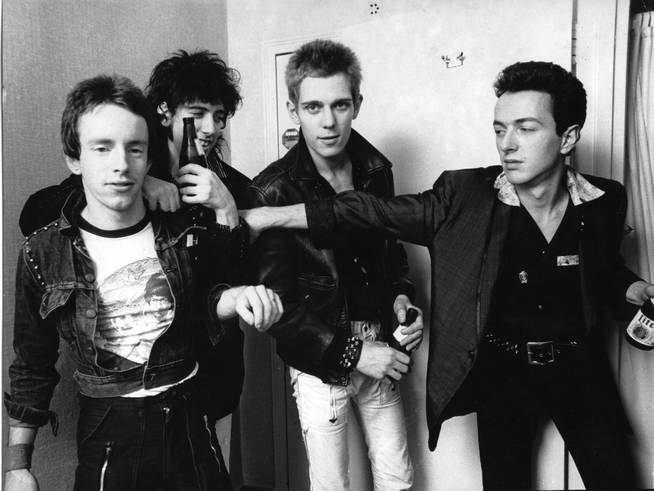
The Clash in New York / Michael Putland
For the iconic coverthey turned to the prestigious American photographer Kate Simonwho captured the snapshot of the trio (Chimes had already left) In the alley right in front of the door of the group’s rehearsal space at Camdem Market (‘Rehearsal Rehearsals’). The design is by Polish artist Rosław Szaybo. On April 8, 1977, ‘The Clash’ was already in stores. Shortly before, the first single had been released, the controversial ‘White riot’.
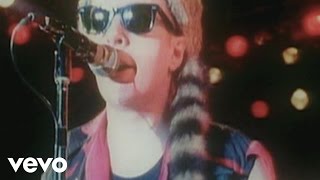
The ‘white revolt’ of The Clash emerged on March 31, 1976, when the singer Strummer and bassist Simonon joined hundreds of young black people in a protest against police brutality and violence. However, there were people who misinterpreted the message and he understood it as a racist issue. Strummer angrily denied it in NME: “It’s not racist! It’s not racist at all!” And he pointed out that the black youth of the urban center He fought against poverty and against hard-line politics. ‘White riot’ was a call for the mobilization of white youth, for that they would fight in the same way and have, according to the lyrics of the song, “his own revolt.”
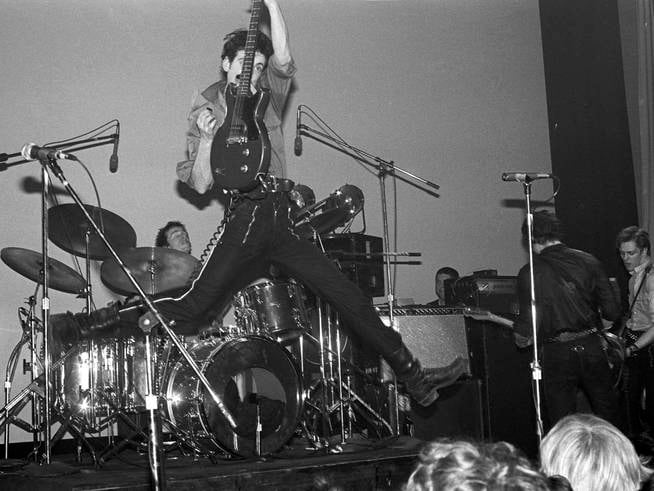
The Clash boys / Peter Noble
The other single was ‘Remote control’, and the record company chose it without consulting the band. It is inspired by the group’s anger at local governments that kept canceling their shows. With its satirical lyricsthey protested against the oppression of the institutions: the police, the government and, specifically, parliament. ‘Janie Jones’, ‘I’m so bored with USA’, ‘London’s burning’, ‘Career opportunities’ either ‘Police & thieves’ (cover of an iconic song by reggae exponents Junior Murvin and Lee ‘Scratch’ Perry) They were some of the 14 songs (8 on Side A and 6 on Side B) from The Clash’s first vinyl LP. Just over 35 minutes powerful ‘hooks’, contagious guitars, fast tempos, critical messages and uncomfortable truths.
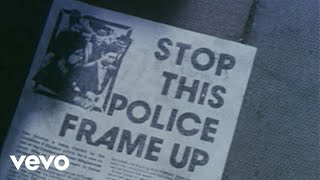
Although mainly drawn within rock & roll, in The Clash’s debut you can already glimpse their distinctive sound: a mix of classic rock, reggae, funk, jazz, dub and hip-hop. To Mick Jones, “The first Clash album was the best.” So it he stated in an interview with the writer Ari Surdoval. And he continued, “For its purity. When we recorded it we didn’t care at all. The truth is that We didn’t even care about giving importance to the album. So it’s kind of raw, unprocessed material. We fought with our instruments, and that made it more alive. Everything was very natural, very instinctive. We sound just like we were.”






